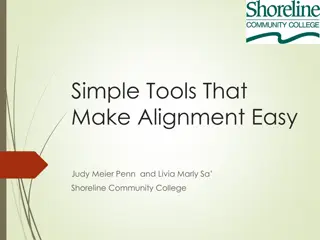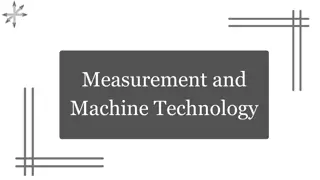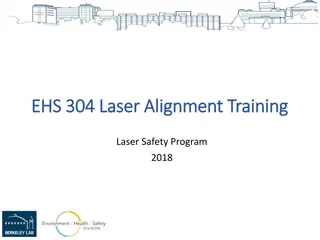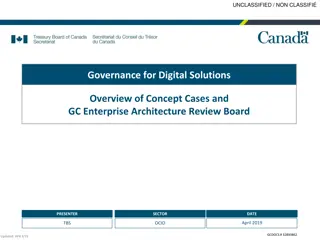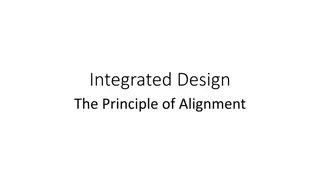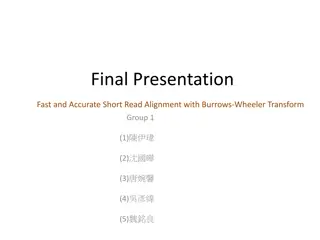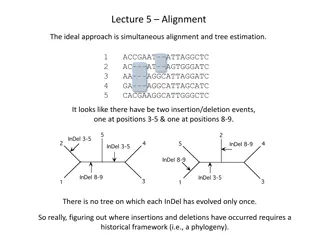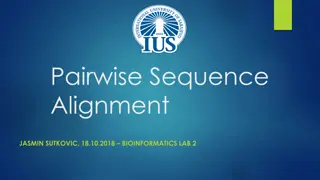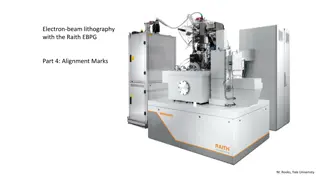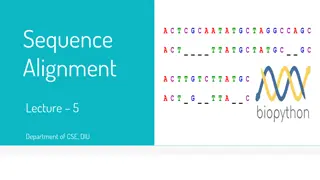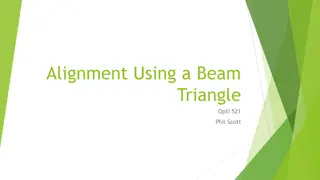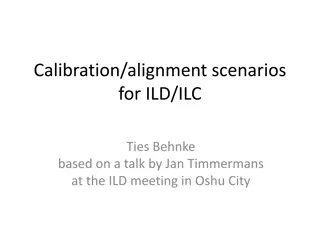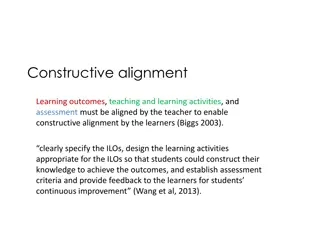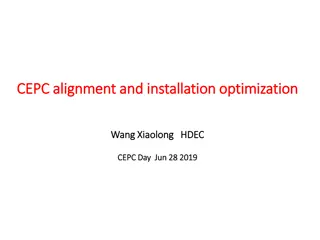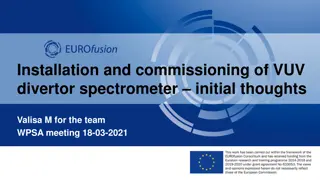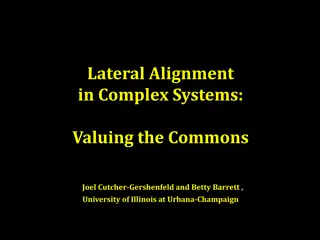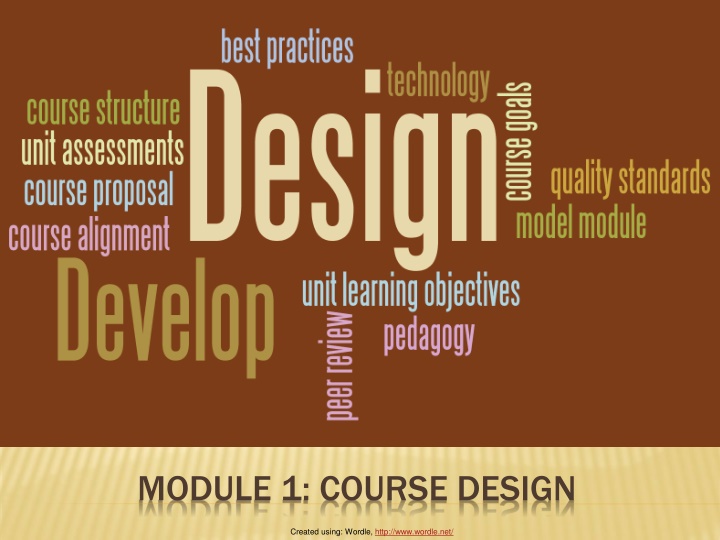
Online Course Design and Development Process: A Comprehensive Guide
Explore the 6 stages of course design and development for online courses, from proposal to peer review. Learn about aligning course structure, creating model modules, and developing online content. Consult with instructional designers for a seamless learning experience.
Download Presentation

Please find below an Image/Link to download the presentation.
The content on the website is provided AS IS for your information and personal use only. It may not be sold, licensed, or shared on other websites without obtaining consent from the author. If you encounter any issues during the download, it is possible that the publisher has removed the file from their server.
You are allowed to download the files provided on this website for personal or commercial use, subject to the condition that they are used lawfully. All files are the property of their respective owners.
The content on the website is provided AS IS for your information and personal use only. It may not be sold, licensed, or shared on other websites without obtaining consent from the author.
E N D
Presentation Transcript
MODULE 1: COURSE DESIGN Created using: Wordle, http://www.wordle.net/
COURSE DESIGN & DEVELOPMENT PROCESS Stage 3: Course Structure Stage 4: Model Module Stage 5: Develop Course Stage 6: Peer Review Stage 1: Proposal Stage 2: Alignment There are 6 Stages in the course design and development process for an online course. Here s a description of each . . .
STAGE 1 Stage 1: Stage 2 Stage 3 Stage 4 Stage 5 Stage 6 Complete the Online Course Proposal Plans for your online course. Instructional and assessment strategies (pedagogy). Transition considerations from face-to-face to online delivery. Approval from Division Dean and Virtual College Asst. Dean. Completed when there is a NEW online course offering in department. Consultation with the Instructional Designer in the Virtual College.
STAGE 2 Stage 2: Stage 1 Stage 3 Stage 4 Stage 5 Stage 6 Prepare the Course Alignment Document Based on the Departmental Course Outline (with the course coordinator). Define Course Competencies/Goals, General Education Knowledge Goals, and MCCC Core Skills. Define Unit Student Learning Objectives (aligned with course goals/skills). Define Unit Student Assessments (aligned with SLOs). Define the Grading Scale (aligned with student assessments). Consultation with the Instructional Designer in the Virtual College.
STAGE 3 Stage 3: Stage 1 Stage 2 Stage 4 Stage 5 Stage 6 Create the Course Structure (Online) Based on the Course Alignment document (stage 2) and structure (stage 3). Goal: create one seamless online learning environment for students. Create the Folder structure in the online Master course for ALL modules. Includes mapping out modules and sub-modules, as needed, and other placeholders such as mid-semester and end-of-semester surveys. No development of course content during this stage. Consultation with the Instructional Designer in the Virtual College.
STAGE 4 Stage 4: Stage 1 Stage 2 Stage 3 Stage 5 Stage 6 Develop the Model Module (online) Based on the Course Alignment document (stage 2 student assessments). For one Unit, develop a complete module that includes all course content: unit learning objectives, lecture/presentation, activities, media, resources, and/or assessments. Serves as the model module (sample) for course development of the entire online course. Consultation with the Instructional Designer in the Virtual College.
STAGE 5 Stage 5: Develop the Online Course Stage 1 Stage 2 Stage 3 Stage 4 Stage 6 Based on the Model Module as the sample (stage 4). Develop all content for each module (unit) in the online course: unit learning objectives, lecture/presentation, activities, media, resources, and/or assessments. Plan module (unit) course completion dates. Consultation with the Instructional Designer and Virtual College team.
STAGE 6 Stage 6: Stage 1 Stage 2 Stage 3 Stage 4 Stage 5 Final Peer Review Peer-review and approval of online course by content-expert or course coordinator in the department and Virtual College. Course meets quality standards and best practices in online learning. Final revisions, as needed. Course is completed by deadline so it can be offered as planned. Course is released and available for student registration!!
COURSE DESIGN & DEVELOPMENT PROCESS Stage 3: Course Structure Stage 4: Model Module Stage 5: Develop Course Stage 6: Peer Review Stage 1: Proposal Stage 2: Alignment Course Design Course Development Design/develop the course the semester before it s offered (6 months lead!)
COURSE DESIGN: STAGE 2 Stage 2: Stage 1 Stage 3 Stage 4 Stage 5 Stage 6 Prepare the Course Alignment Document In this training program, you ll get real-world experience in doing Stage 2 in the course design process with an assignment . . .
STAGE 2: COURSE ALIGNMENT Assignment Description: To begin, obtain the standard Departmental outline Departmental outline for the course. Please see your course coordinator coordinator if you do not have this. standard Course Outline Course Competencies/Goals The student will be able to: course Locate the following in the Course Outline: General Education Knowledge Goals Goal Goal Goal Course Competencies/Goals General Education Knowledge Goals MCCC Core Skills Unit Learning Objectives (for each Unit) MCCC Core Skills Goal Goal Goal This will be needed to prepare the Course Alignment Document Course Alignment Document for the online course! Unit 1 Learning Objectives The student will be able to: 1. 2.
COURSE ALIGNMENT DOCUMENT Based on the Course Outline, you ll prepare the Course Alignment Document to align Course Competencies/Goals, General Education Knowledge Goals, and MCCC Core Skills with the Unit Student Learning Objectives and Unit Student Assessments in the online course. You will be given a Course Alignment Document Template to help you do this assignment. You will: Cut-and-paste the Course Competencies/Goals, General Education Knowledge Goals, and MCCC Core Skills from the Course Outline into the template. Define ONE UNIT of study to include Unit Student Learning Objectives and Unit Student Assessments for online delivery. Click here to view and save the Course Alignment Template.
ASSIGNMENT: COURSE ALIGNMENT DOCUMENT The Unit Student Assessments, in particular, provide an opportunity to re-design an existing face-to-face course for online delivery. You ll want to consider different assessment strategies that you can use in the online course to assess whether students have met the Unit Learning Objectives. Here are some ideas for brainstorming: Online Discussion Boards. Assignments (e.g., research paper, presentations) that can be submitted to the online Drop Box. Online Quizzes and/or Exams vs. Testing Center. Online Private Journals for reflection. Online Activities (e.g., crossword puzzle, games) Online Chats.
COURSE ALIGNMENT DOCUMENT Want to see some examples with the Course Alignment template filled in to help you with the assignment? Click on the links below to view two samples from a Course Alignment Document: Spanish 101 Online Course Philosophy 102 Online Course The Course Alignment Assignment with resources can be found under the Module 1 Online Session Design Checkpoint folders in ANGEL. Important! This stage of the course design process provides quality assurance and a strong foundation to develop the online course based on sound pedagogy!


